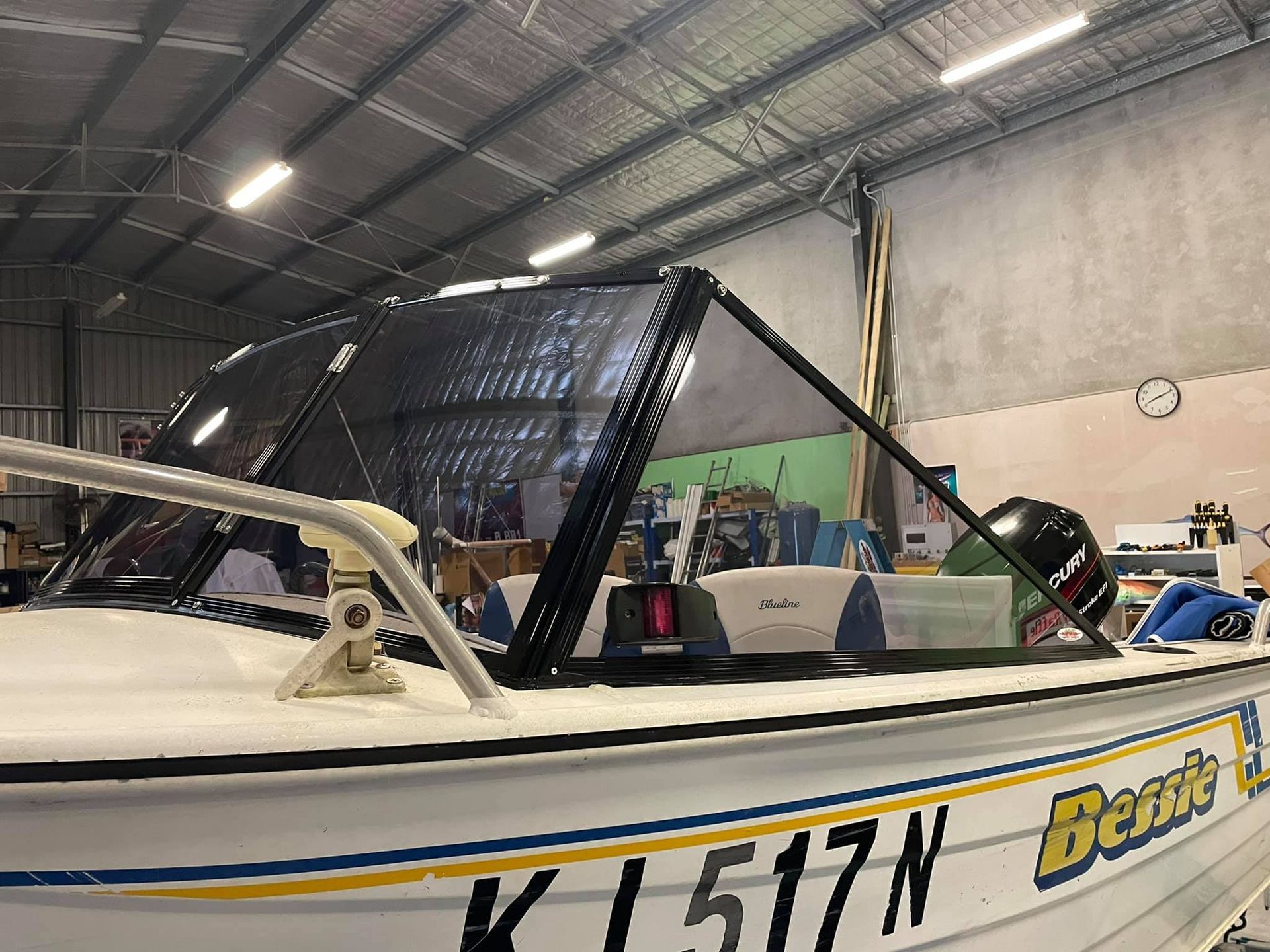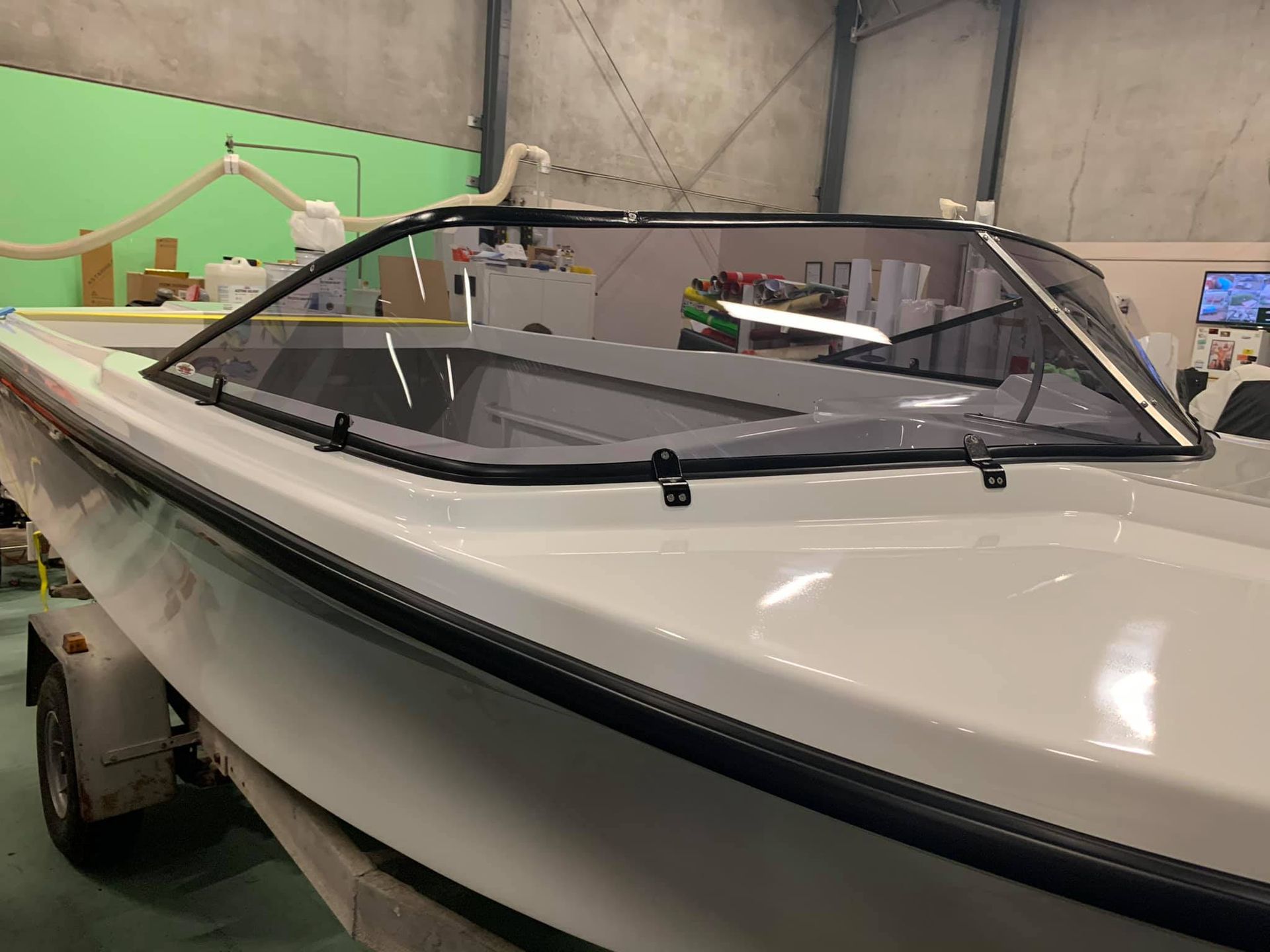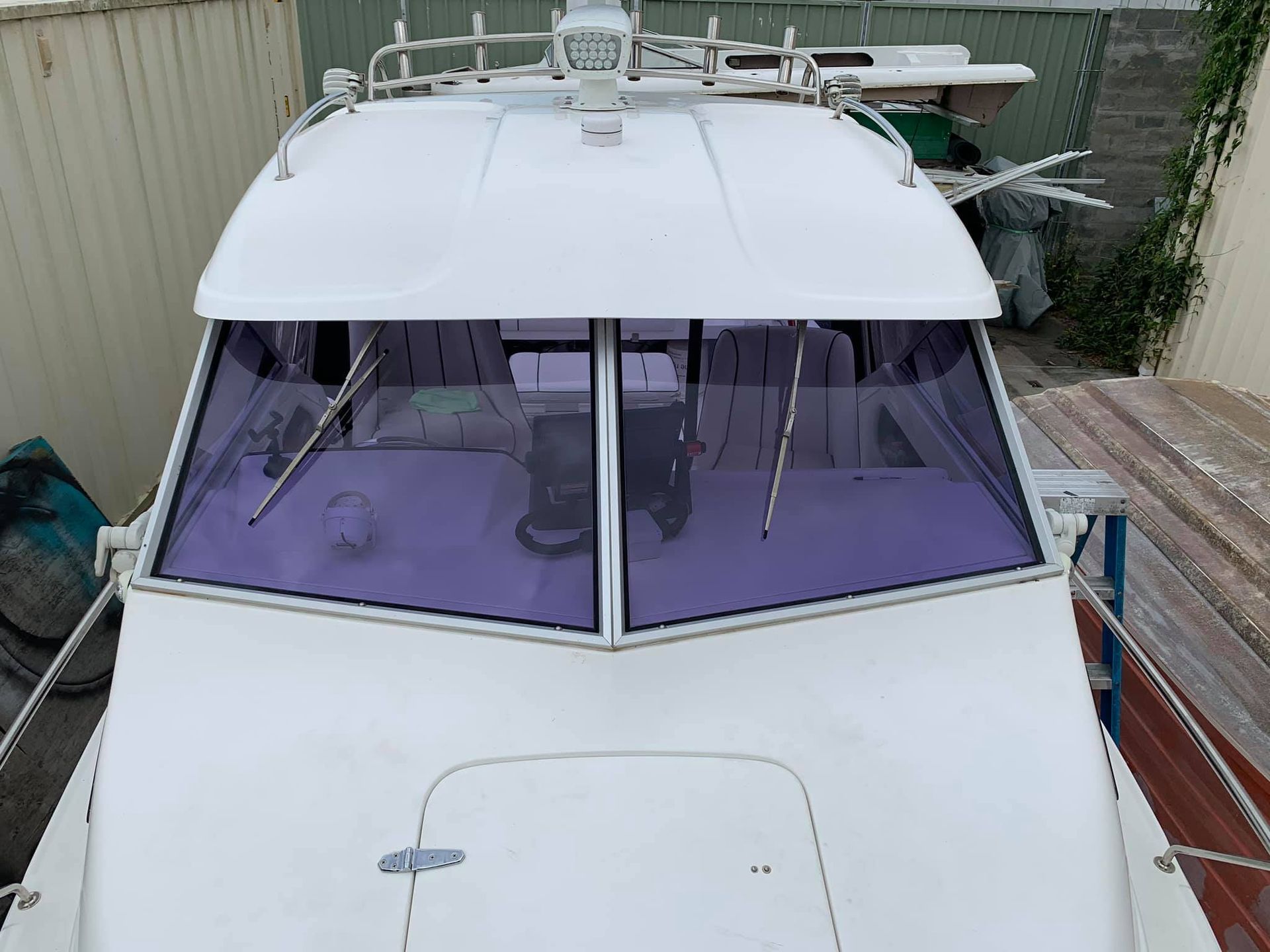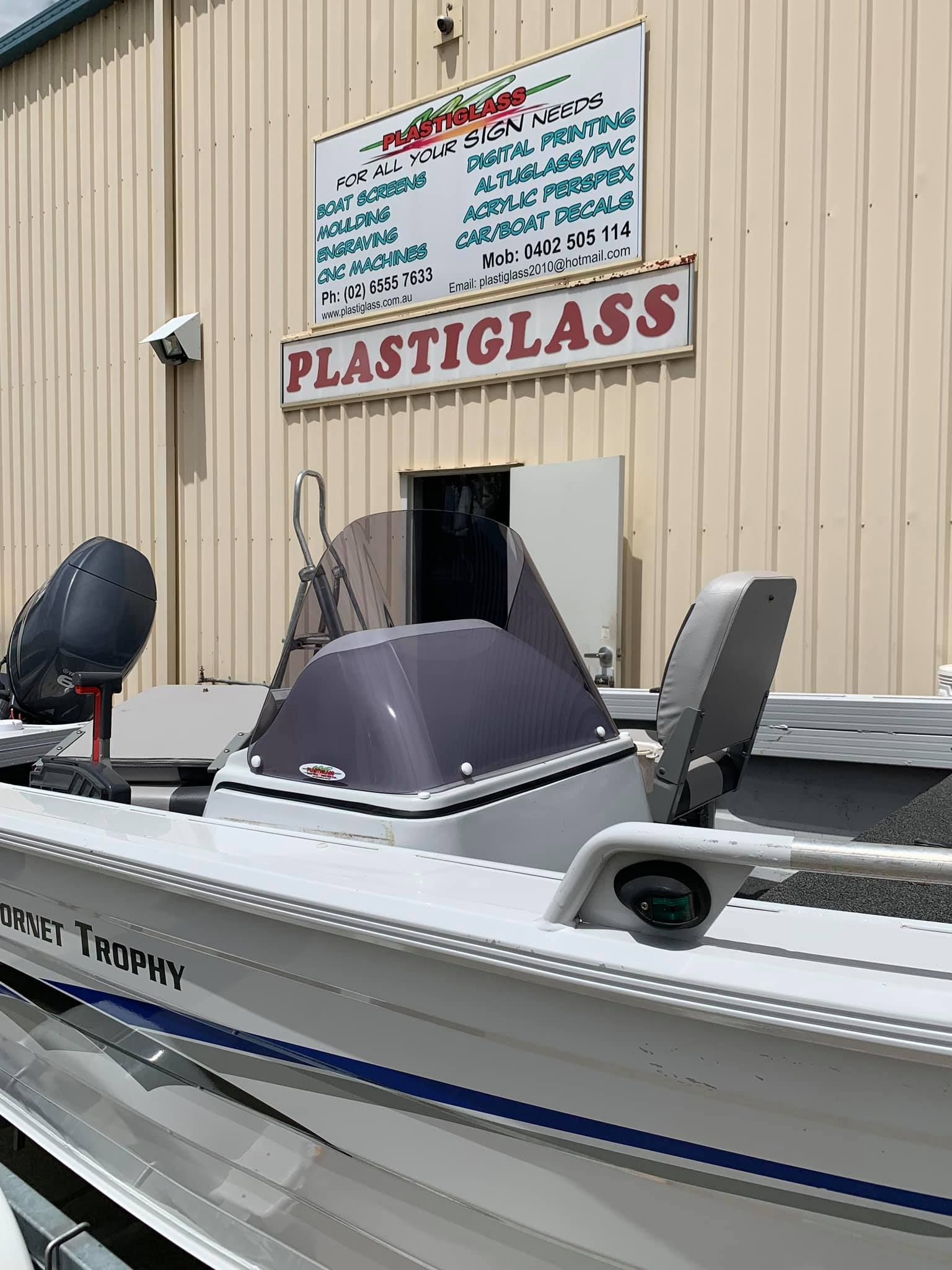Windscreen Replacement in Nabiac
Book a quote
Thank you for contacting Plastiglass.
We will be in touch soon.
Please try again later.
Nabiac Windscreen Replacement
In rural and regional areas like Nabiac, boat and caravan owners rely on durable, well-fitted windscreens that can withstand long-distance travel, fluctuating weather, and rugged terrain. A damaged or poorly fitted panel can reduce visibility, compromise safety, and even lead to leaks or structural issues during transit.
That’s why Plastiglass offers professional windscreen replacement services in Nabiac, tailored for a wide range of vehicle and vessel types. We use high-grade, UV-stable acrylic materials specifically chosen for their clarity, strength, and long-term resilience in outdoor environments.
Each panel is custom-cut and installed in-house to ensure a secure, seamless fit. Whether you're replacing a cracked marine windscreen or a fogged caravan side panel, our expert team ensures the job is done right—quickly and with precision. We understand the lifestyle and conditions that come with owning a caravan or boat in Nabiac.
Contact (02) 6555 7633 today to book a windscreen replacement that keeps your travels safe, clear, and worry-free.
FAQs
What’s the difference between a glass windscreen and acrylic or polycarbonate?
Glass windscreens, typically made from laminated safety glass, are standard on most passenger vehicles. They consist of two glass layers with a plastic interlayer that holds the panel together in the event of a break, minimising injury. Laminated glass is durable, clear, and designed for impact resistance.
Acrylic (PMMA) and polycarbonate (PC) windscreens are more common in boats, caravans, and specialty vehicles. These materials are:
- Lighter than glass, making them ideal for mobile & marine applications
- More impact-resistant, especially in the case of polycarbonate
- Flexible & easy to mould into curved or complex shapes
- UV-resistant, with proper coatings to prevent yellowing or clouding
However, acrylic and polycarbonate are more prone to scratching than glass and may require special care. They typically don’t shatter like glass, making them safer for off-road or marine use, but over time they may require polishing or replacement due to environmental wear.
Can you drive immediately after windscreen replacement?
Whether you can drive your vehicle immediately after a windscreen replacement depends on the type of adhesive used during installation. For most modern vehicles, urethane adhesive is used to bond the windscreen to the vehicle frame. This adhesive usually requires a minimum cure time of 30 minutes to 2 hours, depending on the product and weather conditions.
Driving too soon can cause the windscreen to shift, reduce bonding strength, or compromise safety in a collision. If your vehicle is equipped with ADAS (Advanced Driver Assistance Systems) like lane departure warning or automatic braking, it may also need to be recalibrated before you drive.
Caravan and boat windscreen replacements, which often involve screw-mounted acrylic or polycarbonate panels, may not require any curing time but do need to be sealed and secured correctly. It’s always best to follow the installer’s instructions before using the vehicle or vessel after a new windscreen has been installed.
How do I know if my windscreen needs replacing or just repairing?
Not all damage requires a full windscreen replacement—in many cases, chips and cracks can be repaired. However, several factors determine whether repair is possible:
Repair is likely if:
- The chip is smaller than a 20-cent coin
- The crack is shorter than 10–15 cm
- The damage is not in the driver’s line of sight
- The crack has not reached the windscreen edge
Replacement is necessary if:
- Cracks are large, spreading, or intersecting
- The damage is near or along the edge (where it affects structural integrity)
- The windscreen is visibly distorted or has multiple chips
- The vehicle has a heated or sensor-equipped windscreen & damage affects those zones
With boats and caravans, where windscreens are made from acrylic or polycarbonate, scratches, warping, yellowing, or surface cracking often require full replacement, as these materials cannot be "repaired" like glass using resin fillers.










